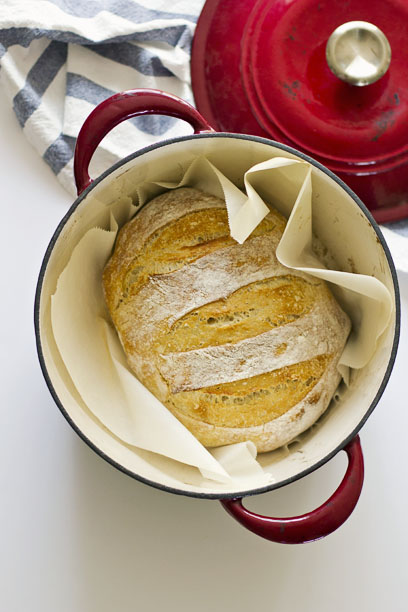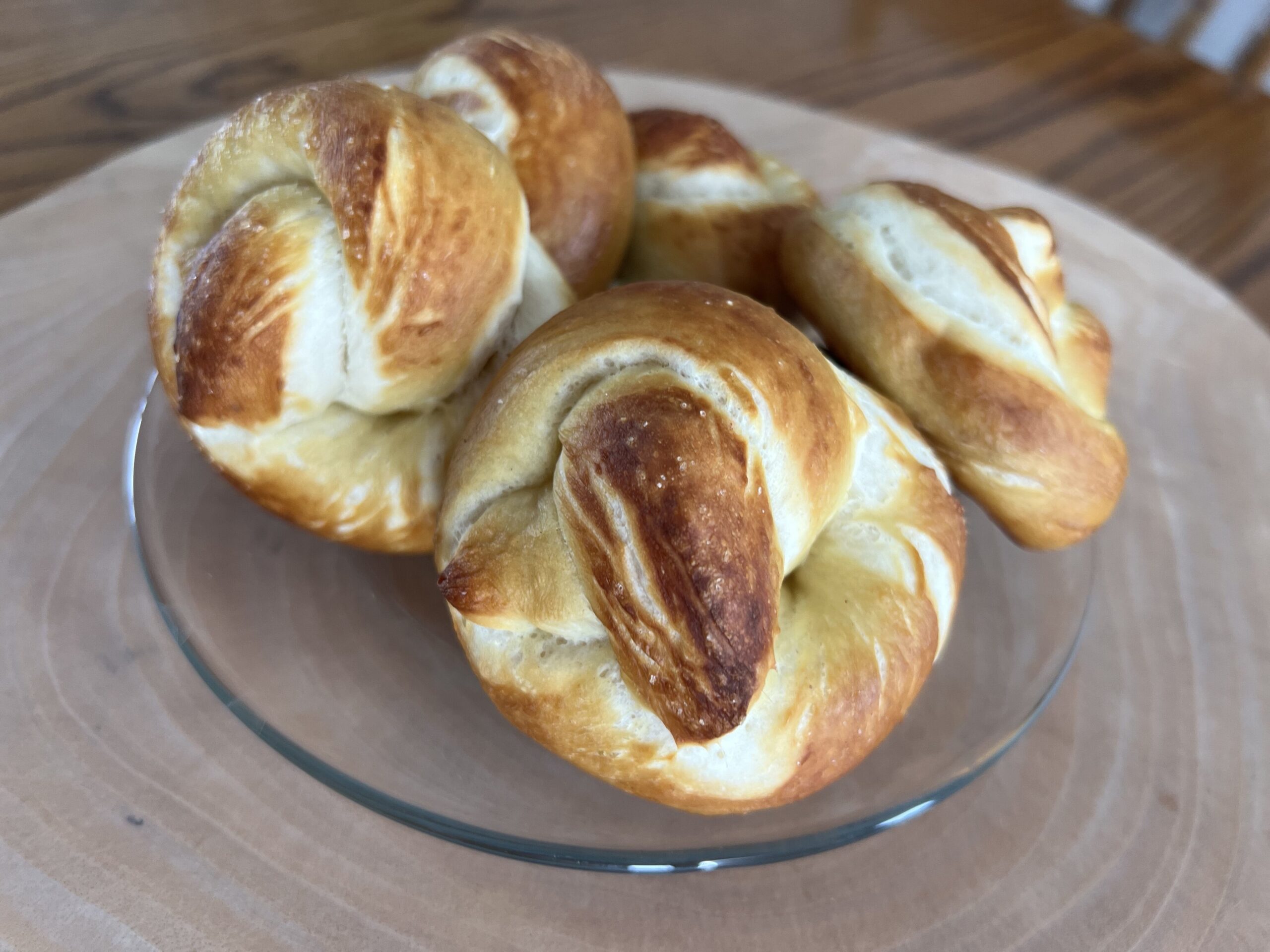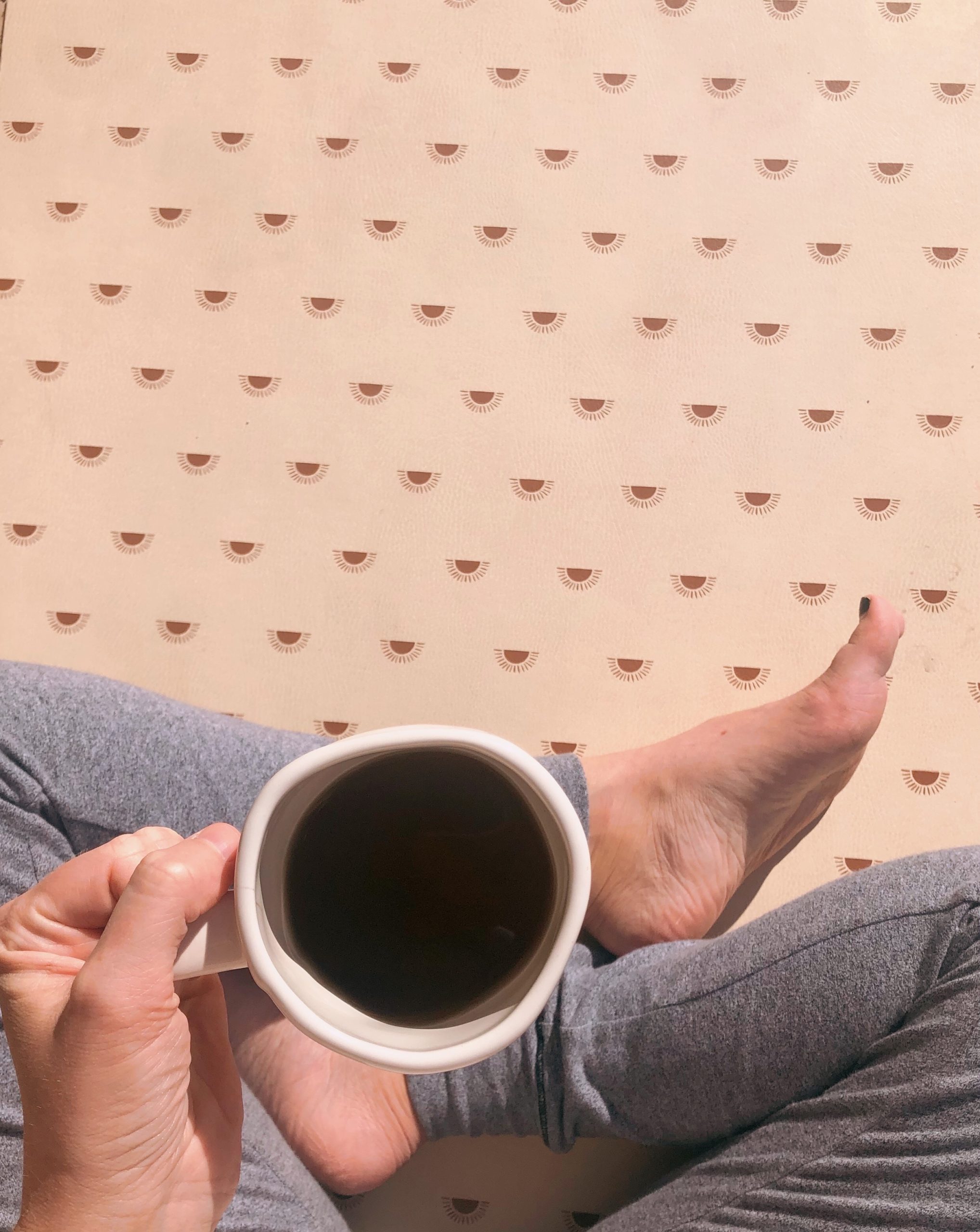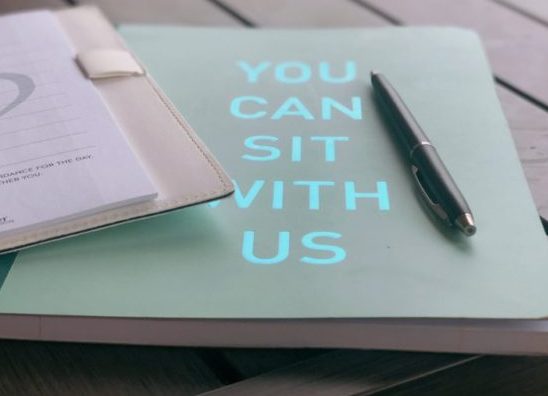If you have purchased your freeze dried natural yeast starter from me, here is where you find what to do next! And if you haven’t purchased, what are you waiting for?
I completed a short video series on how to get that starter up and going. I know a lot of people have questions and think theirs isn’t doing well. I hope this helps!
Points to remember:
- it takes TIME. Be patient with your starter, it can take up to a month or longer to get nice and happy enough to make bread.
- try to feed your starter the same kind of flour every time. Each time it’s exposed to a new brand or variety of flour, it will have an adjustment period. So keep things simple and stick to one flour for feeding. You can bake with whatever flour you want, but use the same each time for feeding.
- keep the starter in your fridge, either in the door or at the front of a shelf so you see it often.
- when liquid begins to accumulate, it’s going to be time to feed. This is natural alcohol from the fermentation process and can either be poured off or stirred in.
- Use, reduce, and keep on feeding until you get nice big bubbles if trying for bread. There are many great recipes that use up excess starter here on my site. My personal favorites are my The Best Natural Yeast Whole Wheat Waffles and Lemon Poppyseed Sourdough Bundt Cake.







Totally should have watched this before…. lol. “Don’t make bread! You’ll be sad.” I was sad.
*** sad face *** 😉 it will happen!
You mentioned in one of your Instagram stories that you’re gluten intolerant. Do you know if this starter is ok for someone with Celiacs?
Hi Lisa!
I wouldn’t recommend using it for celiacs. An autoimmune condition is a whole other ball game. Personally, I know what I would do if I were diagnosed, but I would never “recommend” it to others because it could really make people sick! I love experimenting on myself though and know several celiacs who have done likewise, using a super long rise for bread to test that out.